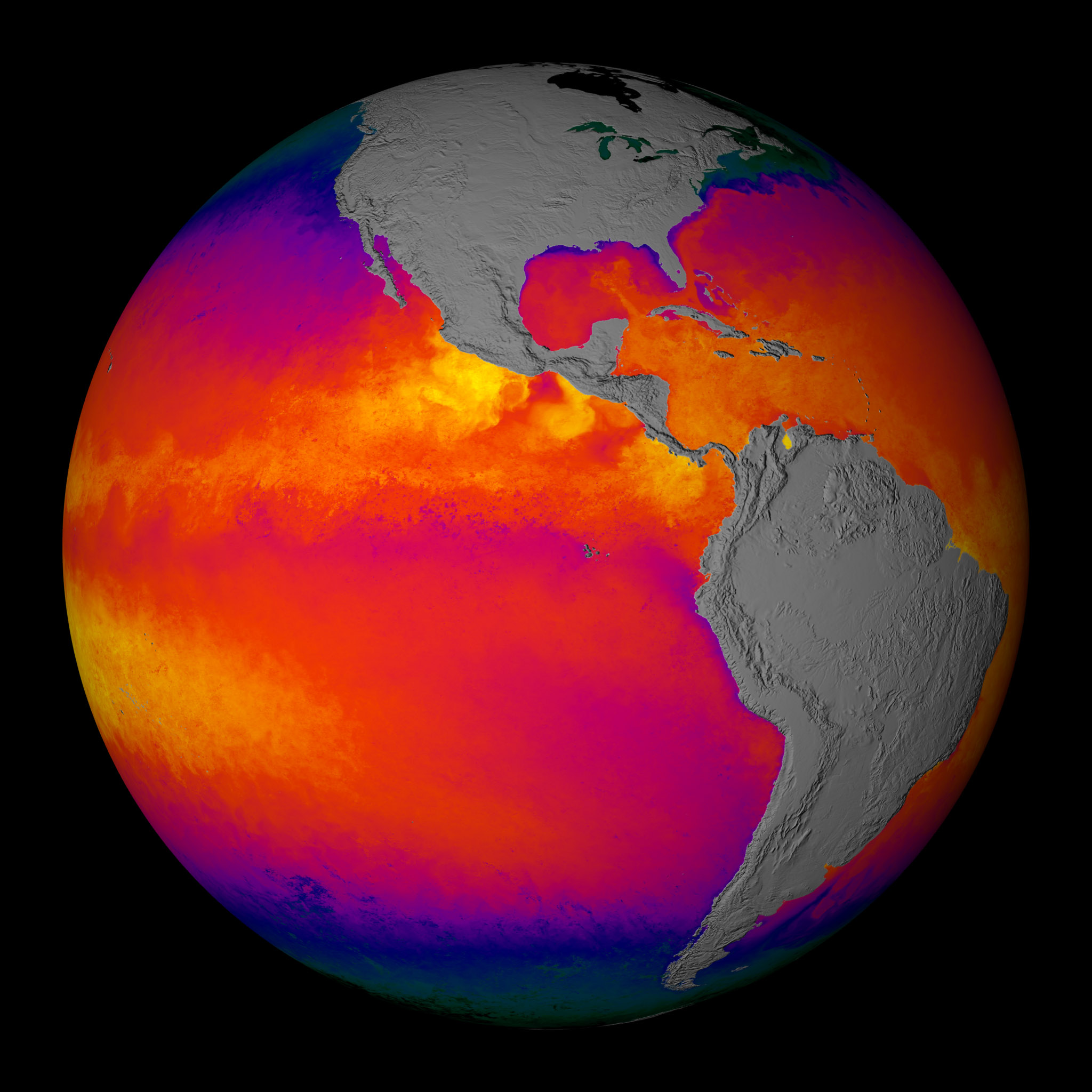
A new study just out addresses how the PDO can impact global temperatures on a decadal timescale.
http://www.climatecentral.org/news/why-the-globe-hasnt-warmed-much-for-the-past-decade-15788
The natural variation in this case appears to be changes in wind patterns associated with the Pacific Decadal Oscillation, or PDO, a gradual see-sawing of ocean surface temperatures and wind patterns that goes through warm and cold phases lasting several decades. (The more familiar El Nino/La Nina oscillation, by contrast, see-saws every few years).
According to Trenberth and his colleagues, deep ocean temperatures began to rise significantly starting in about 2000, at about the same time as trade winds in the Pacific were changing in strength, in turn affecting ocean currents, all very plausibly as a result of a shift in the PDO.
http://www.skepticalscience.com/new-research-confirms-global-warming-has-accelerated.html
This study builds on another paper published in 2011.
http://www.cgd.ucar.edu/cas/Staff/Fasullo/my_pubs/Meehl2011etalNCC.pdf
There have been decades, such as 2000–2009, when the observed globally averaged surface-temperature time series shows little positive or even slightly negative trend1 (a hiatus period). However, the observed energy imbalance at the top-of-atmosphere for this recent decade indicates that a net energy flux into the climate system of about 1 W m−2 7 (refs 2,3) should be producing warming somewhere in the system4,5 . Here we analyse twenty-first-century climate-model simulations that maintain a consistent radiative imbalance at
the top-of-atmosphere of about 1 W m−2 as observed for the 11 past decade. Eight decades with a slightly negative global mean surface-temperature trend show that the ocean above 300 m takes up significantly less heat whereas the ocean below 300 m takes up significantly more compared with non-hiatus decades. The model provides a plausible depiction of processes in the climate system causing the hiatus periods, and indicates that a hiatus period is a relatively common climate phenomenon and
may be linked to La Niña-like conditions.
The time series of globally averaged surface temperature from all five climate-model simulations show some decades with little or no positive trend (Fig. 1a), as has occurred in observations (Supplementary Fig. S1 top). Running ten year linear trends of globally averaged surface temperature from the five model ensemble members reveal hiatus periods (Fig. 1a) comparable to observations (Supplementary Fig. S1 middle). Using the first ensemble member as an example, the overall warming averaged over the century is about +0.15 ◦ C per decade. However, the decades centred around 2020, 2054, 2065, 2070, and several decades late in the century show either near zero or slightly negative trends in that ensemble member. We choose two ten year periods in this ensemble member when the globally averaged surface temperature is negative, that is, less than −0.10 ◦ C over the decade (Fig. 1a), and six similar periods that meet the same criterion from the other four ensemble members, to form an eight-member composite of hiatus periods.
http://www.sciencedaily.com/releases/2011/09/110918144941.htm
To track where the heat was going, Meehl and colleagues used a powerful software tool known as the Community Climate System Model, which was developed by scientists at NCAR and the Department of Energy with colleagues at other organizations. Using the model's ability to portray complex interactions between the atmosphere, land, oceans, and sea ice, they performed five simulations of global temperatures.
The simulations, which were based on projections of future greenhouse gas emissions from human activities, indicated that temperatures would rise by several degrees during this century. But each simulation also showed periods in which temperatures would stabilize for about a decade before climbing again. For example, one simulation showed the global average rising by about 2.5 degrees Fahrenheit (1.4 degrees Celsius) between 2000 and 2100, but with two decade-long hiatus periods during the century.
Metoffice decadal forecast using a similar theme:
http://www.metoffice.gov.uk/news/releases/archive/2013/decadal-forecasts
http://www.metoffice.gov.uk/research/climate/seasonal-to-decadal/long-range/decadal-fc
http://www.metoffice.gov.uk/research/news/decadal-forecasting







Recommended Comments
There are no comments to display.
Create an account or sign in to comment
You need to be a member in order to leave a comment
Create an account
Sign up for a new account in our community. It's easy!
Register a new accountSign in
Already have an account? Sign in here.
Sign In Now